In the foreseeable future, an estimated daily footfall of over 300,000 individuals is anticipated in the north Indian town of Ayodhya. The layout for the temple town has been crafted by Dikshu Kukreja, the chief architect overseeing the project, drawing insights from various global destinations like Vatican City, Cambodia, and Jerusalem, alongside Indian locales such as Tirupati and Amritsar.
Efficient land use, minimum congestion, a focus on dharamshalas (inns) and homestays, upgrading the infrastructure while retaining the historical and cultural character of the city are some of the highlights of the plan prepared by Kukreja, the managing principal of C P Kukreja Architects.
"Ayodhya is anticipated to become a global tourism destination with a focus on spiritual, cultural, heritage assets and events as the city is likely to grow manifold with a significant demand in hospitality and allied industries.
"The city is envisaged to be developed as a mega centre for tourist, economic and religious activities. More than 300,000 devotees are expected to visit Ayodhya daily within the next three-four years," Kukreja said in an interview.
"To accommodate the needs of a growing population and tourism, we designed modern infrastructure, such as roads, bridges, sewage systems and utilities, while ensuring that these developments did not compromise the historical and cultural character of the city. We worked on designing a layout for the township that promotes efficient land use, minimises congestion and enhances the overall quality of life for the residents," he added.
Kukreja, who has previously designed the Aerocity in Delhi and "Yashobhoomi" --the India International Convention Centre (IICC) in Dwarka -- explained that his team studied existing temple towns across the globe as well as in India to understand the needs and drew inspiration from the best practices adopted there.
"We studied similar places abroad, including Vatican City, Jerusalem and Cambodia. We also examined examples like Tirupati and Amritsar. The best practices adopted there have been incorporated in our plan after being customised to suit the local context of Ayodhya," he said.
The first phase of the temple is nearing completion and Prime Minister Narendra Modi will take part in its consecration ceremony on January 22.
India’s top court delivered a historic verdict in 2019, settling a temple-mosque dispute that dated back more than a century. The court backed the construction of a Ram temple at the disputed site and ruled that an alternative five-acre plot must be found for building a mosque.
According to the master plan, the redevelopment of Ayodhya will be completed over 10 years with an investment of more than ₹85,000 crore (around £83.3 billion) to upgrade the holy city.
Kukreja said the first stage of the Ayodhya redevelopment project was ensuring connectivity.
"Connectivity is a great deal in developing any place as a global tourist destination. We were clear that a domestic airport cannot serve the purpose and we cannot wait for a decade to convert it into an international airport. The airport and the redeveloped railway station have already been inaugurated," he said.
Some of the unique features include the establishment of Ram dwars (grand entry points) with traditional stone facades, an emphasis on homestays and dharamshalas for diverse accommodation facilities and the development of the Ramayana Spiritual Forest for an immersive cultural experience.
Kukreja explained that preserving Ayodhya's cultural and religious heritage is a key aspect of the project.
"The project's design reflects the grandeur of Ayodhya. It draws inspiration from the elements of Dravidian temple architecture, paying homage to the city's past and significance as a pilgrimage centre. The idea is not only to enhance the city's appeal for tourists, but also to provide opportunities for employment growth and sustainable regional development.
"By balancing tourism facilitation with environmental conservation and cultural preservation, the project has the potential to promote Ayodhya's unique cultural identity and contribute to the city's economic growth and social well-being. The focus is on creating the right balance in the sustainable planning of Ayodhya, where the lives of the permanent residents are not disrupted by the large influx of visitors," he said.
The Ayodhya redevelopment project also envisions seamless traffic and accessibility as visitors approach the temple.
"The idea is to encourage visitors arriving from outside the city to park their vehicles at designated areas and utilise an efficient network of net-zero electric vehicles for transportation within Ayodhya. This initiative seeks to alleviate the pressure on the city's infrastructure while ensuring seamless accessibility and convenience for the tourists exploring the city," he said. (PTI)
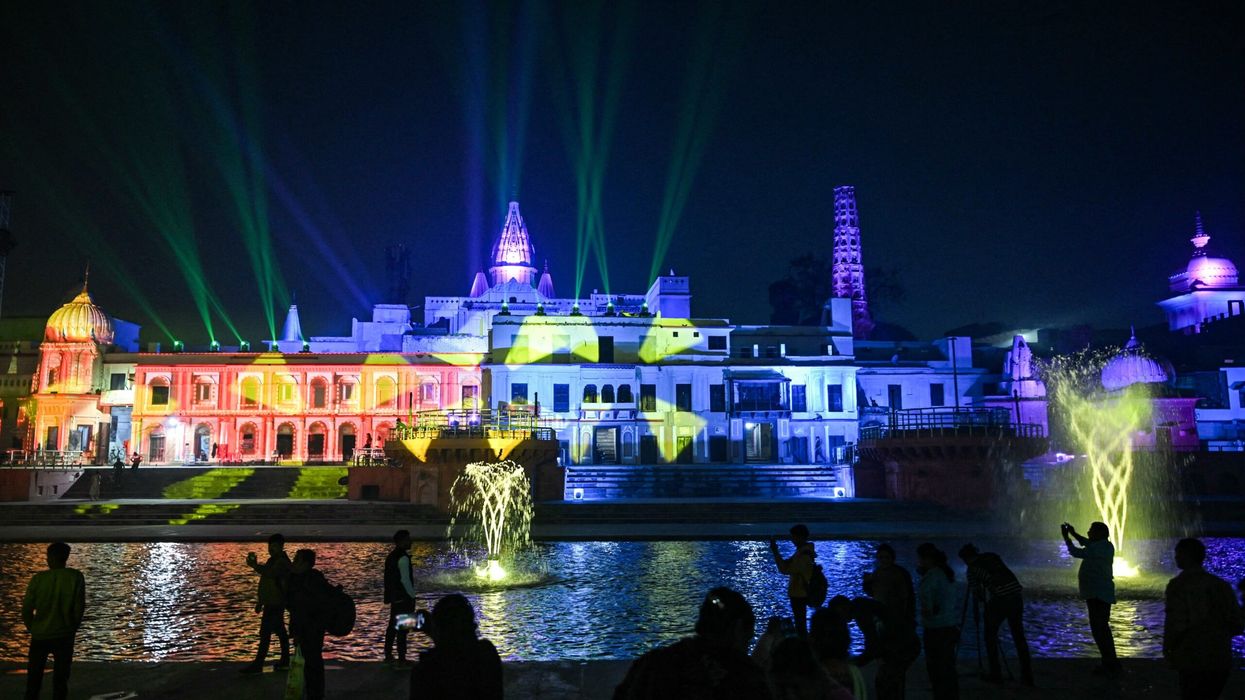
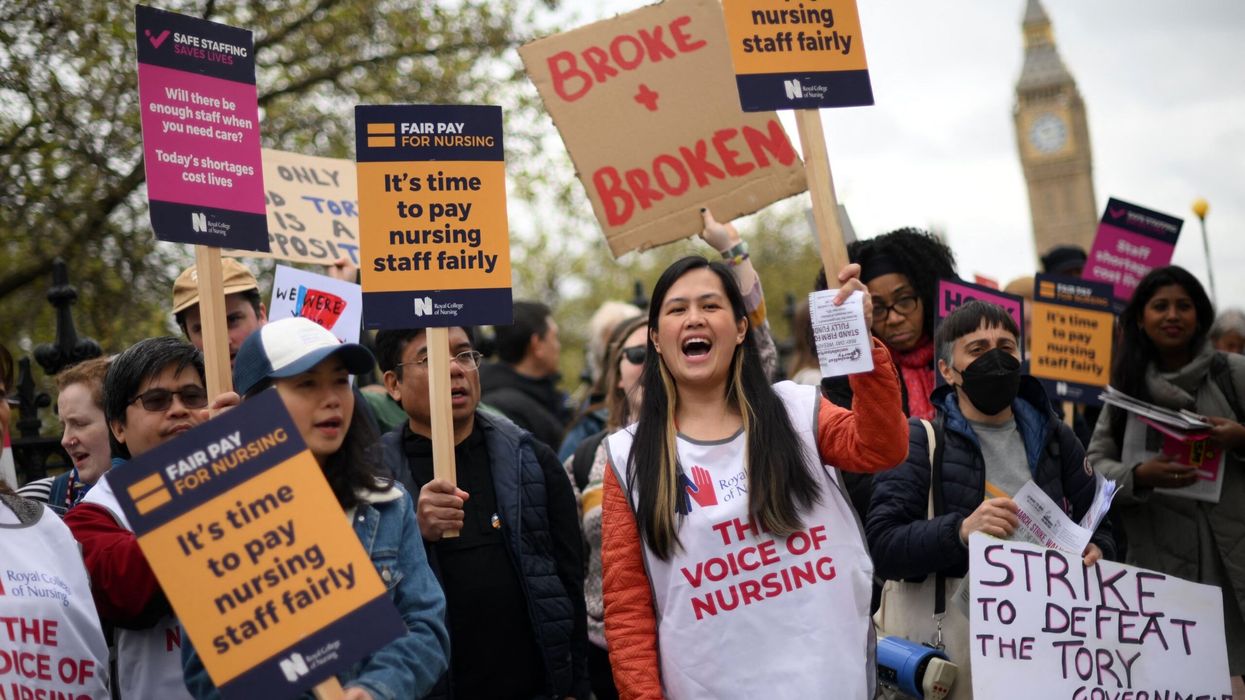
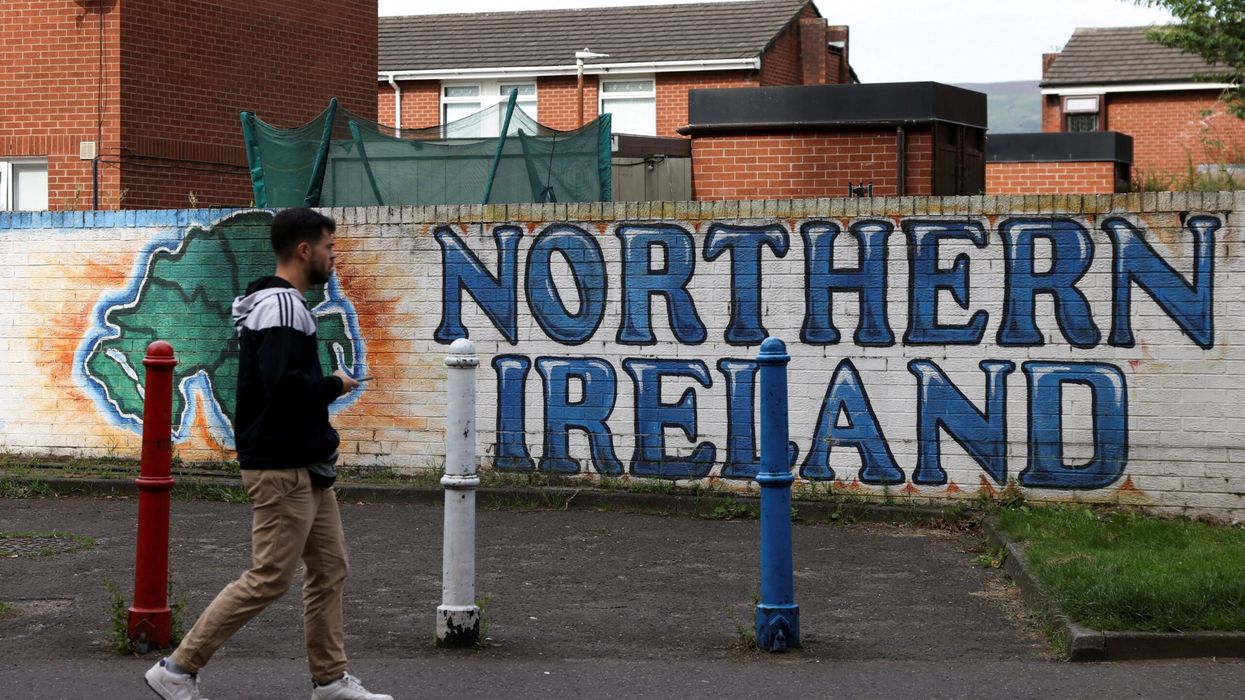

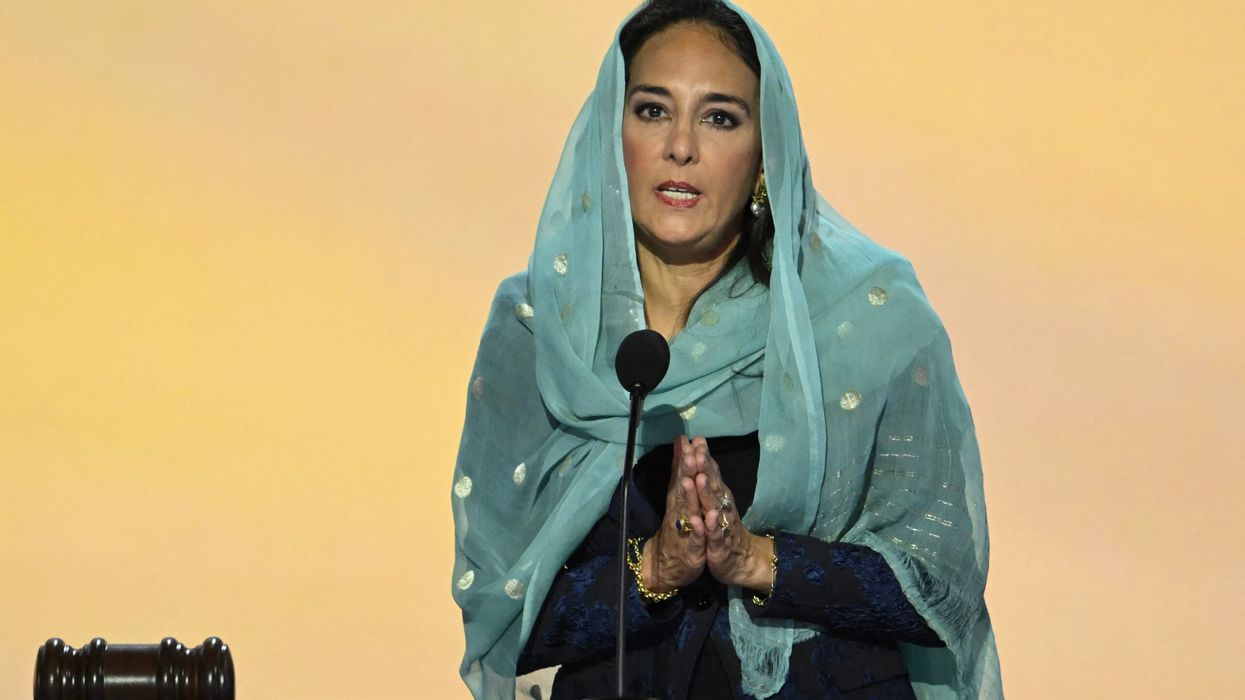
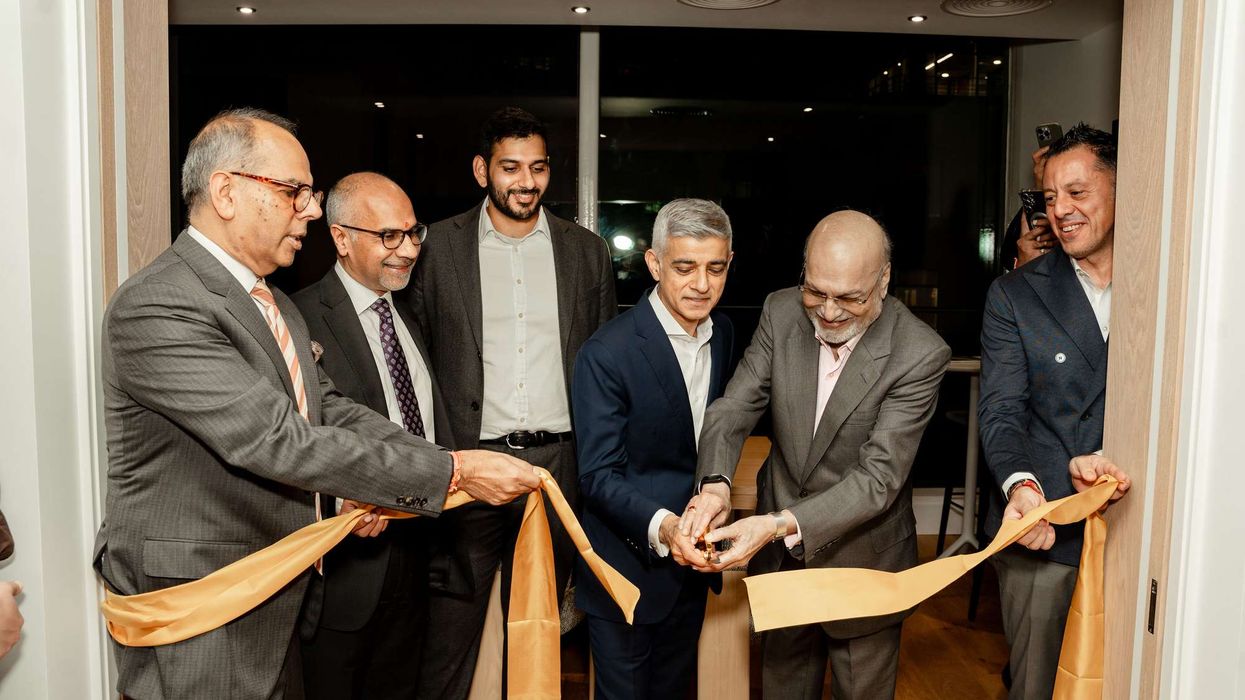
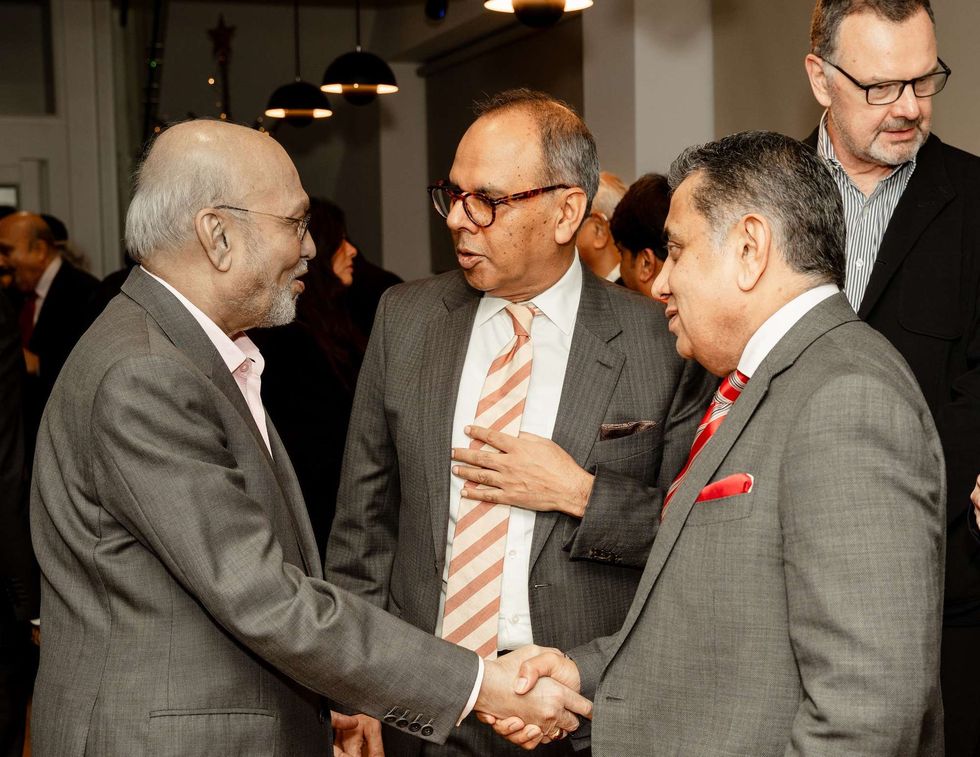 Nirmal Sethia, Kalpesh Solanki and Lord Tariq Ahmad
Nirmal Sethia, Kalpesh Solanki and Lord Tariq Ahmad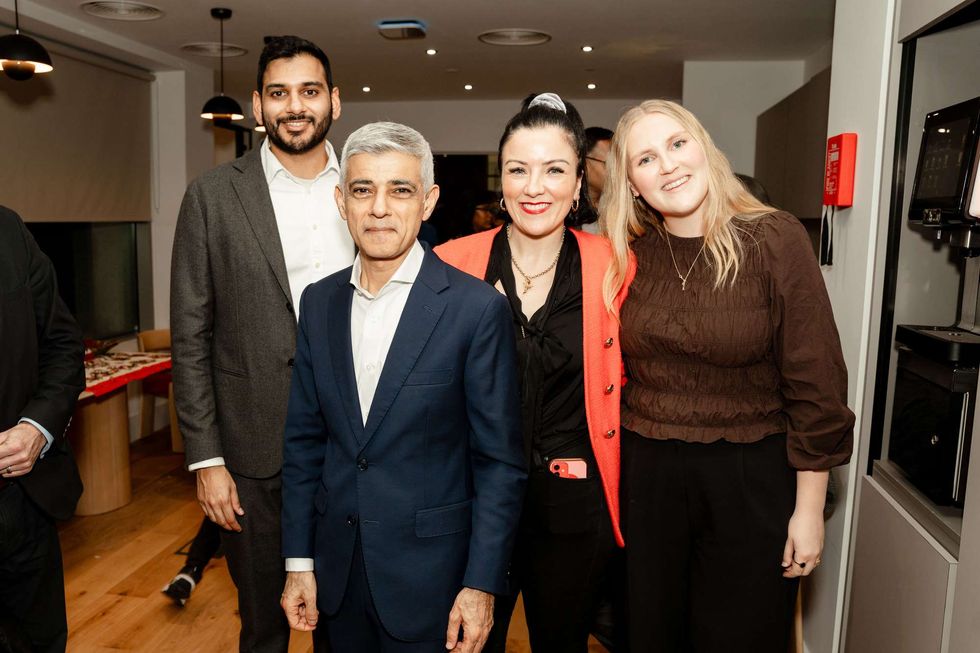 Jamin Solanki, mayor of London Sadiq Khan, Colette Whelan and Marnie Lane
Jamin Solanki, mayor of London Sadiq Khan, Colette Whelan and Marnie Lane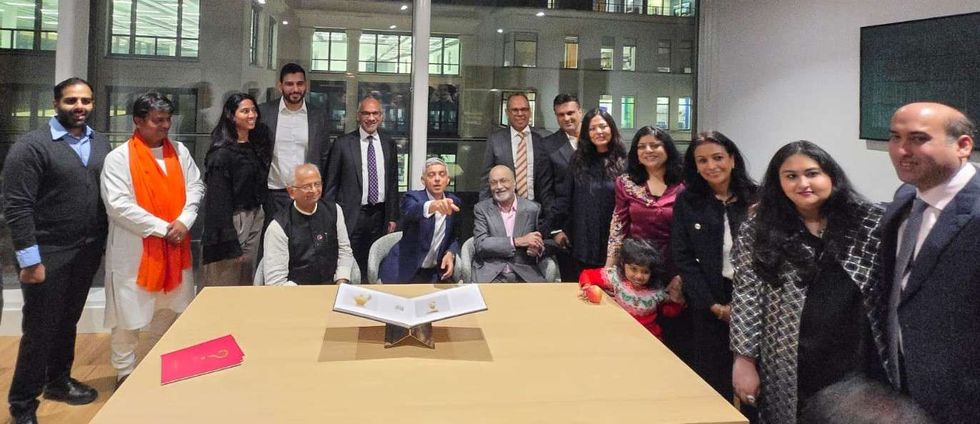 (Seated from left) Dr Nandakumara, Sadiq Khan, Nirmal Sethia
(Seated from left) Dr Nandakumara, Sadiq Khan, Nirmal Sethia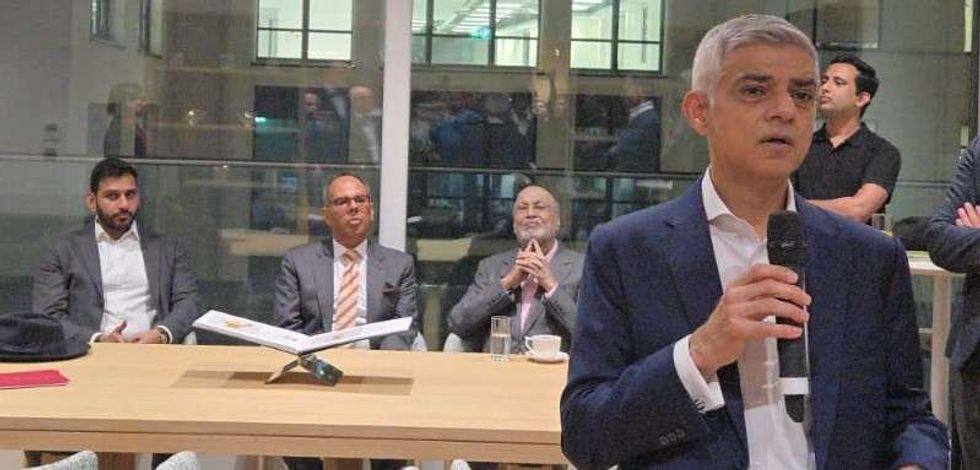 Mayor of London Sadiq Khan delivering his keynote speech.
Mayor of London Sadiq Khan delivering his keynote speech.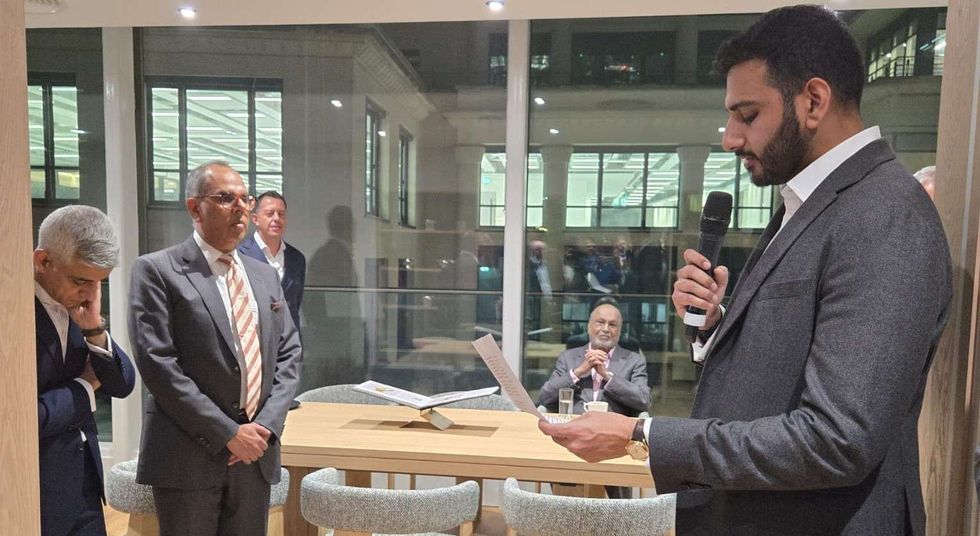 Jaimin Solanki addressing the gathering
Jaimin Solanki addressing the gathering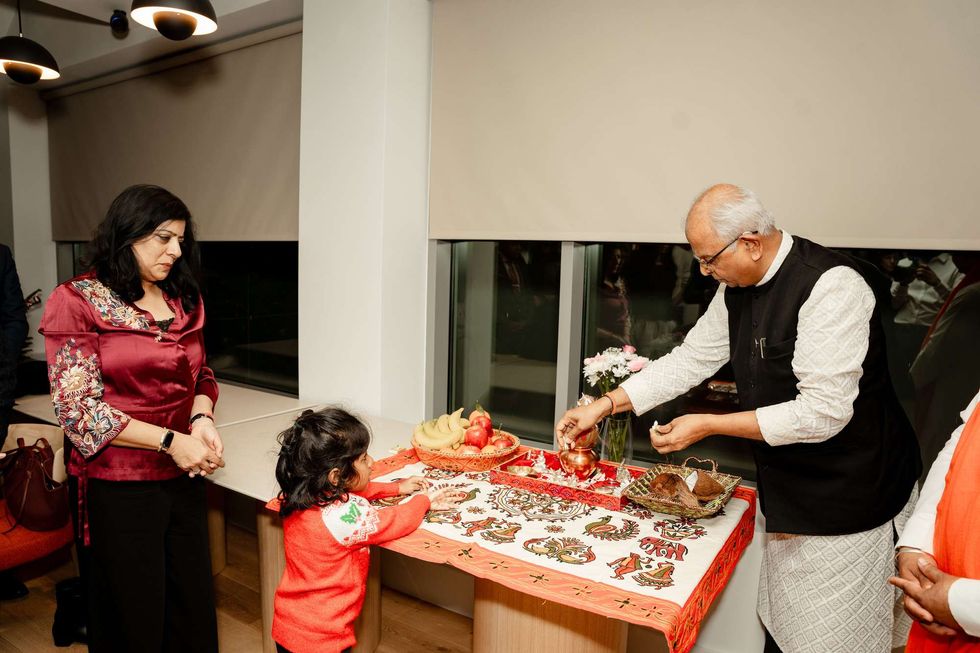 Dr Nandakumara guiding the Vaastu Pooja, with Aarya Solanki performing the pooja.
Dr Nandakumara guiding the Vaastu Pooja, with Aarya Solanki performing the pooja.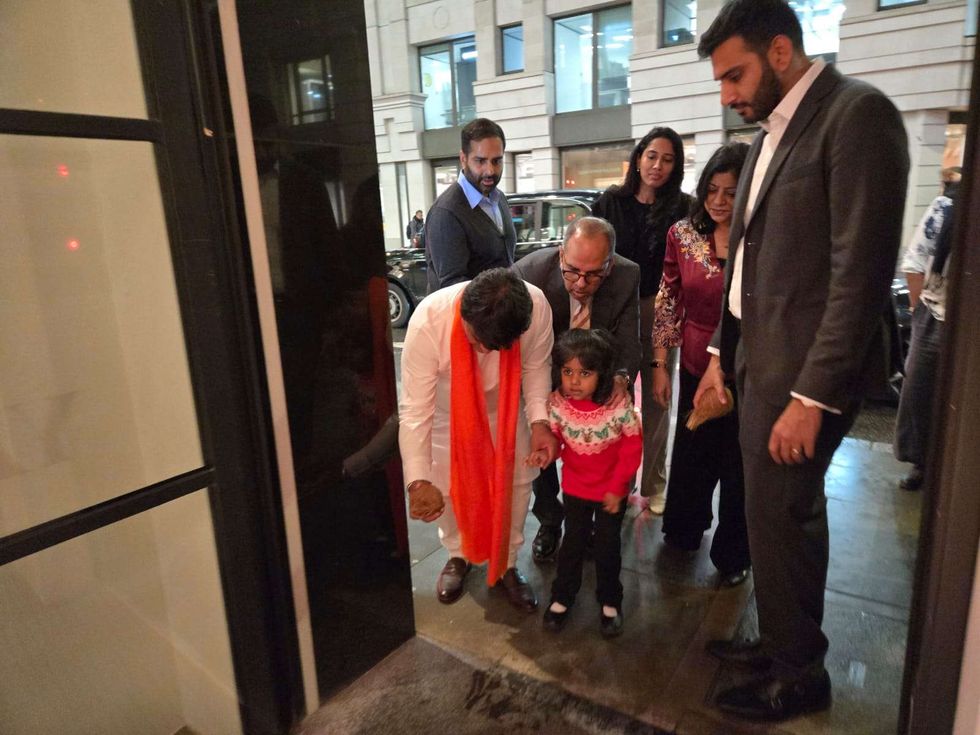 HH Guruji performing the coconut-breaking ritual.
HH Guruji performing the coconut-breaking ritual.






